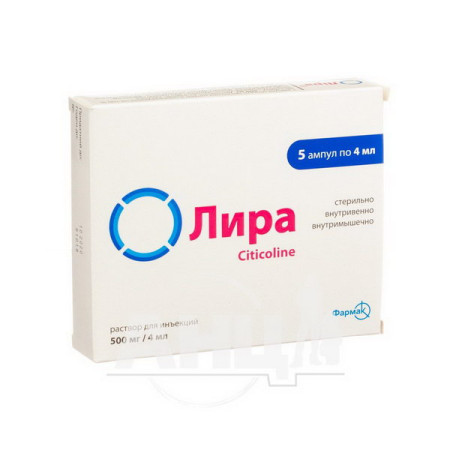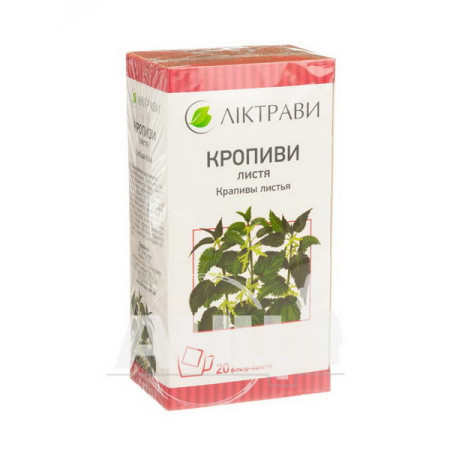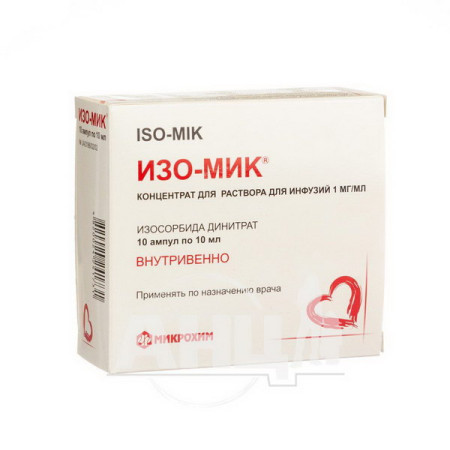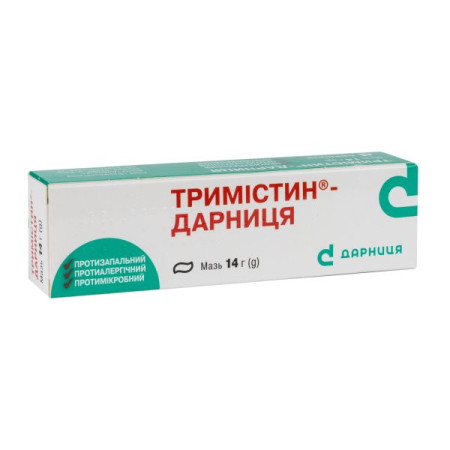Dalmaxin suppositories 0.2 g blister No. 10

Instructions for use Dalmaxin suppositories 0.2 g blister No. 10
Composition
active ingredient: thiotriazolin (morpholinium-5-methyl-1,2,4-triazolin-5-thioacetate);
1 suppository contains thiotriazoline (calculated as 100% substance) 200 mg (0.2 g);
excipients: solid fat.
Dosage form
Suppositories.
Main physicochemical properties: suppositories are white or white with a creamy tint, spherical in shape. The presence of a coating on the surface of the suppository is allowed.
Pharmacotherapeutic group
Hepatotropic agents. ATX code A05B A.
Pharmacological properties
Pharmacodynamics
The pharmacological effect of the drug is due to anti-ischemic, membrane-stabilizing and antioxidant effects. Thiotriazolin prevents the destruction of hepatocytes, reduces the degree of fatty infiltration and the spread of centrilobular necrosis of the liver, promotes the processes of reparative regeneration of hepatocytes, normalizes protein, carbohydrate, lipid and pigment metabolism in them. Increases the rate of synthesis and secretion of bile, normalizes its chemical composition. Thiotriazolin has a hepatoprotective effect in hepatitis and cirrhosis of the liver of various origins, which determines the use of this drug in complex therapy.
When administered rectally and vaginally, thiotriazoline acts locally upon contact with the mucous membranes of the rectum and urogenital organs of women, exhibiting an anti-inflammatory effect, accelerating the healing of wounds and ulcers of the mucous membranes of the urogenital system. When absorbed and exhibiting a resorptive effect, it has a similar effect on the mucous membrane of the gastrointestinal tract.
The drug accelerates the healing of wounds on the skin, mucous membranes of the genitourinary system and gastrointestinal tract.
Pharmacokinetics
When administered rectally, the bioavailability of the drug is 60%. In significant concentrations, the drug accumulates in the tissues of the liver, spleen, rectum and kidneys, in small quantities - in the lungs and small intestine. In addition to local effects, it is absorbed quite quickly by the mucous membranes, and its maximum concentration in the blood plasma is recorded after 1.5 hours. The half-life of the drug is 2.9 hours. Thiotriazoline is excreted mainly by the kidneys.
Indication
Inflammatory-erosive lesions of the mucous membrane of the rectum and sigmoid colon, cracks and erosions in the anus and rectum.
Inflammatory-erosive lesions of the vagina and cervix, viral and atrophic colpitis. Also used to accelerate epithelialization in case of violation of the integrity of the mucous membrane after diathermy and cryotherapy, after surgical interventions.
Liver diseases, including chronic persistent hepatitis, chronic active hepatitis, liver cirrhosis, viral and toxic hepatitis (as part of complex therapy).
Contraindication
Hypersensitivity to the components of the drug. Renal failure.
Interaction with other medicinal products and other types of interactions
Not researched.
Application features
Before using the suppository, you must:
tear off one suppository from the primary packaging along the perforation line of the blister pack;
Next, you need to pull the edges of the film, tearing it in different directions, and release the suppository from the primary packaging.
The suppository should be inserted in a lying position.
Use during pregnancy or breastfeeding
Due to limited experience in pregnant women and nursing mothers, the drug is not recommended for use in these categories of patients. If necessary, the risk/benefit ratio should be considered.
Ability to influence reaction speed when driving vehicles or other mechanisms
There is no data on the effect of the drug on the ability to drive a car or operate machinery. However, if side effects such as dizziness, general weakness or other central nervous system disorders develop, it is recommended to refrain from such activities.
Method of administration and doses
Adults.
For acute and chronic hepatitis, liver cirrhosis, 1 suppository is used rectally 2 times a day (morning and evening) for 2–4 weeks.
For inflammatory processes of the rectum and sigmoid colon, 1 suppository is used rectally 2 times a day (morning and evening) for 1–2 weeks.
For inflammatory and erosive lesions of the vagina and cervix, 1 suppository per day (preferably in the evening) is used vaginally for 1–2 weeks or 1 suppository 2 times a day (morning and evening) for 7–10 days.
Children
The drug should not be used to treat children.
Overdose
In case of overdose, an increase in the concentration of sodium and potassium in the urine is possible. After reducing the dose of the drug, side effects disappear on their own, without special treatment.
Side effects
Allergic reactions: itching, skin hyperemia, fever, rashes (urticaria, papular, punctate, spotty), urticaria, angioedema, anaphylactic shock.
From the side of the central nervous system: dizziness, general weakness, tinnitus.
On the part of the digestive tract: nausea, vomiting, dry mouth, bloating.
Cardiovascular disorders: arterial hypertension, pain in the heart area, sinus rhythm disturbance, tachycardia.
Reactions at the injection site: itching, hyperemia, rashes.
Expiration date
3 years.
Storage conditions
Store at a temperature not exceeding 25 °C.
Keep out of reach of children.
Packaging
5 suppositories in a blister, 1 or 2 blisters in a pack.
Leave category.
According to the recipe.
Vacation category
According to the recipe.
Producer
Private Joint-Stock Company "Lekhim-Kharkiv".
Address
Ukraine, 61115, Kharkiv region, Kharkiv city, Severyna Pototskoho street, building 36.
There are no reviews for this product.
There are no reviews for this product, be the first to leave your review.
No questions about this product, be the first and ask your question.













